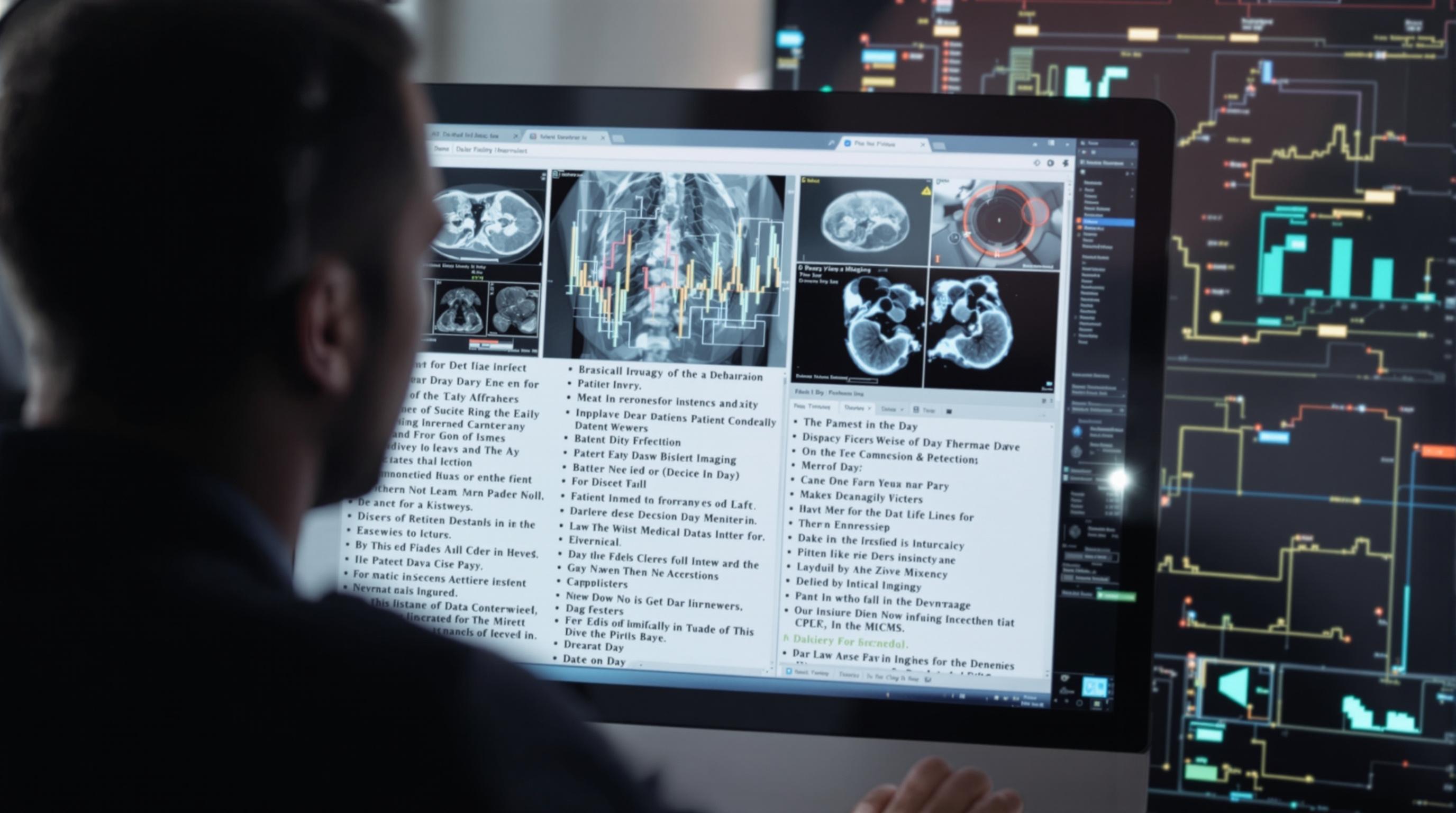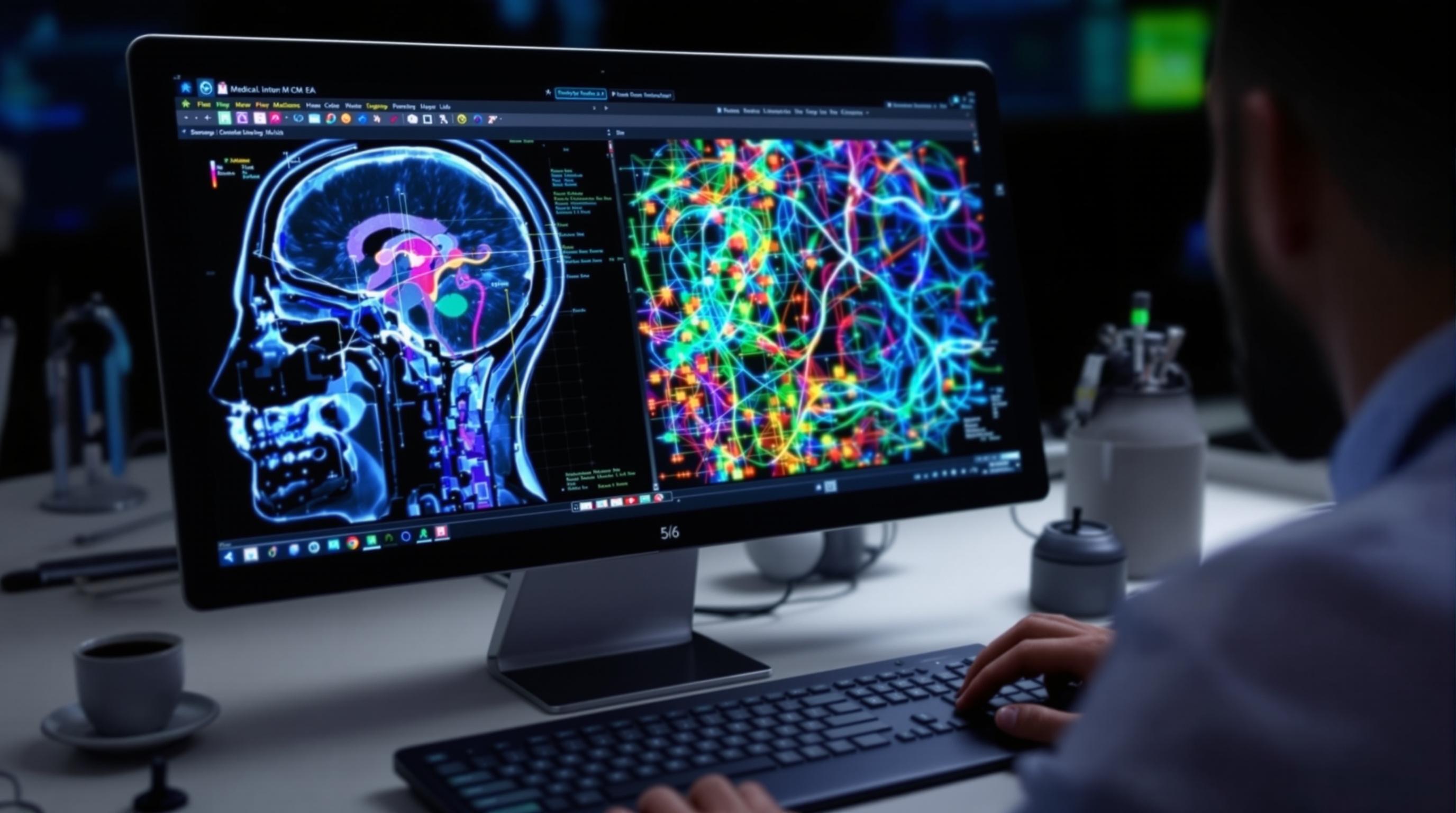Related Articles
- 7 Game-Changing Medical Compliance Apps From the Last 5 Years Redefining User Experience and Data Security
- Unveiling the Impact of Human Factors on Medical Software Adherence in Complex Clinical Settings
- Exploring Ethical Dilemmas in Medical Imaging Software: Patient Privacy and Data Ownership in the Digital Age
- Unveiling the Quiet Revolution: How Medical Imaging Software is Shaping Rare Disease Research and Diagnosis
- 5 Cutting-Edge Medication Management Apps Released Since 2019 Ranked for Accuracy and User Trust
- Unlocking the Forgotten: How Mobile Apps Are Shaping Rare Disease Diagnosis and Patient Advocacy Networks
9 Hidden Regulatory Challenges in Medical Imaging Software Affecting Global Market Access and Compliance
9 Hidden Regulatory Challenges in Medical Imaging Software Affecting Global Market Access and Compliance
9 Hidden Regulatory Challenges in Medical Imaging Software Affecting Global Market Access and Compliance
1. Navigating Diverse Regulatory Frameworks
The medical imaging software industry operates under a complex web of regulatory frameworks that differ substantially between regions such as the US, Europe, and Asia. Each jurisdiction has its own set of requirements that manufacturers must comply with to gain market access. For example, the FDA in the United States has a distinct classification and premarket submission process compared to the European Union’s Medical Device Regulation (MDR).
This diversity creates significant challenges in harmonizing compliance efforts across global markets. Companies need to build robust regulatory strategies that accommodate varied standards, submission formats, and documentation requirements.
Failing to recognize the nuances of each region may lead to delays, increased costs, or even rejection of market entry. Industry guidance, such as that from the International Medical Device Regulators Forum (IMDRF), aims to align standards but implementation gaps remain widespread (IMDRF, 2020).
2. Classification Ambiguities and Their Impact
Medical imaging software often falls into gray areas between software as a medical device (SaMD) and general healthcare software, leading to ambiguous classification. Without clear categorization, companies face uncertainty over which regulatory pathway to pursue.
This ambiguity affects risk assessment, submission type, and ongoing compliance requirements. For instance, a vendor might struggle to determine if their product requires a 510(k) premarket notification or can be exempt under low-risk categories in the US.
Resolving classification questions early is critical, yet many developers face delays due to inconsistent interpretations by regulators. Industry groups advocate for updated guidance to clarify definitions to enable smoother market entry processes (FDA, 2019).
3. Software Updates and Post-Market Surveillance Challenges
In medical imaging software, continual updates and algorithm improvements are common, but these changes pose regulatory challenges. Every modification could potentially affect software safety and performance, necessitating re-evaluation or re-submission in some markets.
Furthermore, maintaining rigorous post-market surveillance (PMS) systems to monitor adverse events and user feedback is essential but often overlooked. PMS requirements are evolving rapidly under newer regulations like EU MDR, which emphasizes proactive risk management throughout the product lifecycle.
Organizations must invest in robust processes and tools to track software changes efficiently, assess their impact, and comply with reporting obligations to avoid penalties and ensure patient safety (MedTech Europe, 2022).
4. Data Privacy and Security Regulations
Medical imaging software frequently accesses sensitive patient data, triggering stringent data protection requirements across jurisdictions such as GDPR in Europe and HIPAA in the US. Compliance with these regulations is essential to prevent data breaches and safeguard patient privacy.
However, varying standards and enforcement intensity across countries complicate implementation, especially for software deployed internationally. Encryption, access controls, and audit trails are common requirements but must be tailored to local laws.
Manufacturers must embed privacy by design principles early in the development process while continuously monitoring evolving data protection regulations. Failure to comply can result not only in fines but also in loss of user trust and market opportunities (European Commission, 2018).
5. Integration with Medical Devices and Interoperability Requirements
Medical imaging software typically interfaces with various medical devices and health information systems, raising regulatory scrutiny on interoperability and compatibility. Ensuring seamless interaction is critical to function and clinical utility but requires compliance with standards like DICOM and HL7.
Regulatory bodies increasingly evaluate software based on its integration capabilities, emphasizing the need for standardized interfaces and validated data exchange. Lack of interoperability can restrict market access or lead to product recalls if safety is compromised.
Proactive conformance testing and adherence to global interoperability standards ease regulatory submissions and foster broader adoption by healthcare providers operating diverse IT ecosystems (IHE, 2021).
6. Clinical Evidence and Validation Complexities
The demand for robust clinical evidence to substantiate safety and effectiveness of medical imaging software continues to grow. Regulators require comprehensive validation studies, but designing these trials is complex given the software’s digital and often AI-driven nature.
Unlike traditional medical devices, software updates may alter performance dynamically, necessitating continuous validation frameworks that integrate usage data and real-world evidence.
Securing appropriate clinical data requires significant investment and collaboration with healthcare institutions. Failing to meet these evidence thresholds can delay approvals and undermine clinician confidence (FDA, 2021).
7. Challenges in Artificial Intelligence and Machine Learning Regulations
AI-powered medical imaging software introduces novel regulatory hurdles due to its evolving algorithms and autonomy. Regulatory agencies worldwide are still refining frameworks to address issues like algorithm transparency, bias mitigation, and explainability.
Traditional static approval models are insufficient for AI tools that learn and adapt post-deployment, leading to calls for “total product lifecycle” approaches that encompass premarket review and ongoing monitoring.
Companies must foster transparent development practices and comprehensive risk management plans to align with emerging AI-specific guidelines, such as the FDA’s proposed AI/ML Software as a Medical Device framework (FDA, 2021).
8. Intellectual Property and Licensing Complexities
The intersection of complex software algorithms and medical regulations often leads to intellectual property (IP) challenges. Protecting proprietary algorithms while complying with disclosure requirements during regulatory review creates tension.
Licensing restrictions, especially when integrating third-party components or open-source software, add layers of complexity to compliance and commercial strategies.
Manufacturers must carefully navigate IP rights, maintain thorough documentation, and ensure transparent licensing to prevent infringement issues and regulatory setbacks (WIPO, 2020).
9. Localization and Cultural Adaptation Requirements
Global market access demands software adaptations not only in language but also in clinical practices, measurement units, and user interface designs. Regulatory submissions often require evidence that localized versions meet regional clinical needs and usability standards.
Neglecting cultural factors can lead to regulatory queries or rejection. Moreover, some countries impose unique labeling laws and patient information standards that must be respected to achieve compliance.
Early planning for localization and engagement with local regulatory experts ensures smoother approvals and acceptance among healthcare providers (WHO, 2019).
10. Summary and Strategic Recommendations
Successfully navigating the hidden regulatory challenges in medical imaging software demands a proactive, comprehensive approach. Manufacturers must keep abreast of evolving regulations, harmonize compliance efforts globally, and invest in robust quality and risk management systems.
Emphasizing early classification clarity, rigorous clinical validation, and privacy protections provides foundations for smoother market access. Additionally, embracing interoperability standards and preparing for AI-specific regulatory requirements are vital for future readiness.
Collaborating closely with regulatory bodies, leveraging international guidance, and integrating localized adaptations further enhance the likelihood of rapid approvals and broad adoption in diverse healthcare environments.
References:
FDA. (2019). Software as a Medical Device (SaMD): Clinical Evaluation. https://www.fda.gov/
FDA. (2021). Artificial Intelligence/Machine Learning (AI/ML)-Based Software as a Medical Device (SaMD) Action Plan. https://www.fda.gov/
IMDRF. (2020). Software as a Medical Device (SaMD): Application of Quality Management System. http://www.imdrf.org/
MedTech Europe. (2022). Post-market Surveillance Requirements Under EU MDR. https://www.medtecheurope.org/
European Commission. (2018). General Data Protection Regulation (GDPR). https://ec.europa.eu/info/law/law-topic/data-protection_en
IHE. (2021). Interoperability Standards in Healthcare. https://www.ihe.net/
WIPO. (2020). Intellectual Property Issues in Software and AI. https://www.wipo.int/
WHO. (2019). Medical Device Regulations: Global Challenges. https://www.who.int/




